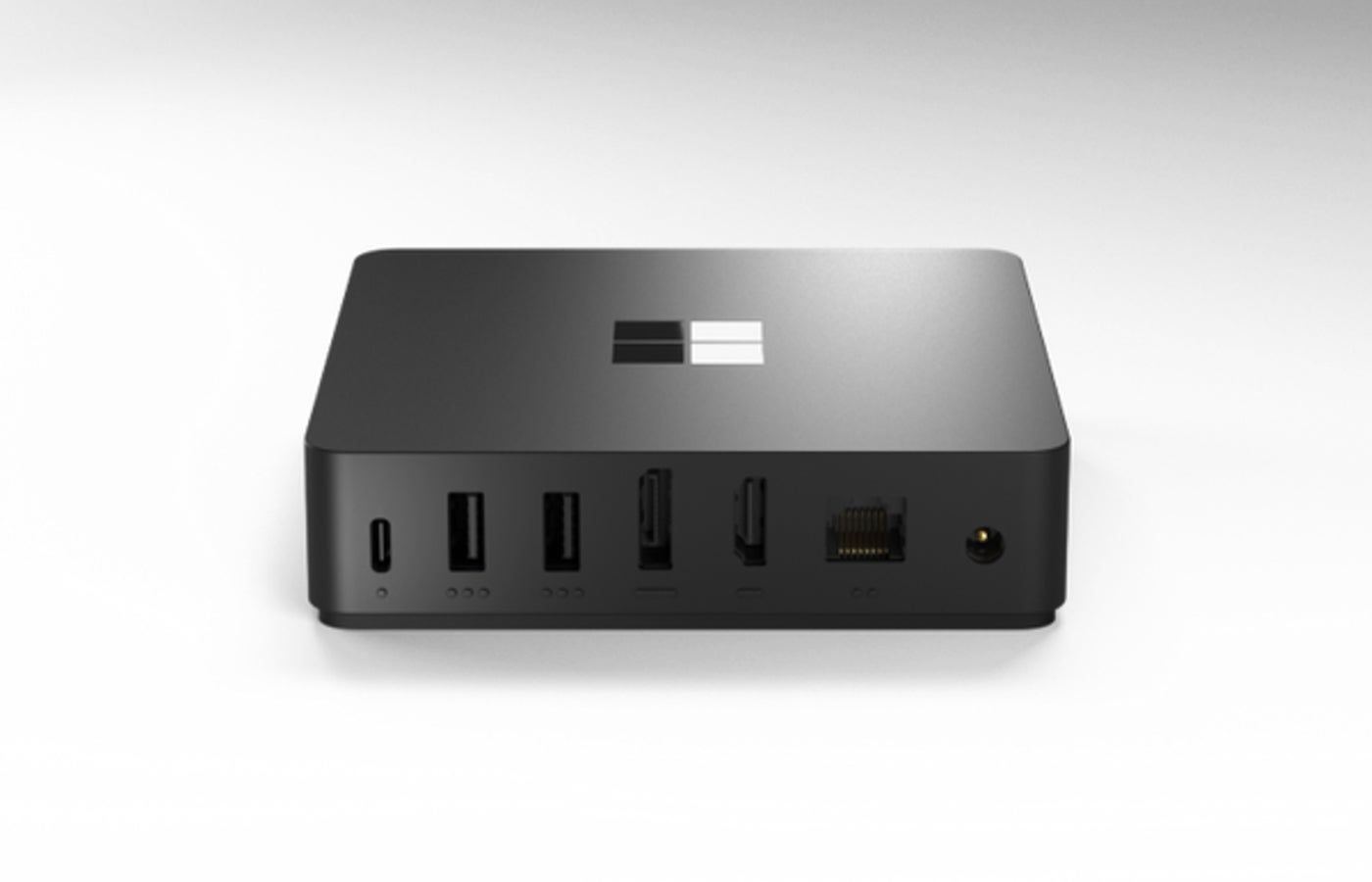ARTICLE AD BOX
The Dynamic Host Configuration Protocol (DHCP) automatically assigns unique IP addresses to your devices, along with other necessary details like subnet masks and default gateway information. This process allows devices to communicate within the network and access the internet.
Automating this process, rather than manually configuring each device, saves a lot of time and reduces errors.
DHCP is a free and reliable way to configure devices on IP networks, but it isn’t without its drawbacks and security vulnerabilities. I’ll walk you through the advantages of it along with the tradeoffs, to help you understand when it’s apt to use.
Essential DHCP terms
To understand DHCP, there are a few other terms and technologies you will need to know:
- IP address: An IP address is a unique identifier for each device on a network. DHCP can dynamically assign addresses from a pool of available numbers, letting devices communicate within the network and on the internet.
- Subnet mask: This is a number that defines a range of IP addresses available within a network. It helps you divide networks into subnetworks for more efficient management and security.
- DHCP server: This is a network server that assigns IP addresses, default gateways, and other network parameters to client devices. It relies on the DHCP to respond to broadcast queries by clients.
- DHCP client: This is any device that requests and obtains an IP address and other parameters automatically from a DHCP server. Clients can include computers, smartphones, and other network-enabled devices.
- Lease duration: Lease duration is the length of time an IP address is assigned to a device. After the lease expires, the device must request a new IP address or renew the existing one.
- DNS server: A DNS server translates domain names into IP addresses so that network requests can be routed to the correct servers.
- Default gateway: The default gateway is a device that serves as an access point or IP router to pass traffic from a local network to other networks or the internet.
How DHCP works
Let’s walk through the process step by step, breaking it down into five discrete stages that ensure seamless IP address allocation and network connectivity. Knowing the fundamentals of computer networking will be really helpful for understanding this process.
DHCP discover
The DHCP process begins when a client device connects to the network and needs to obtain network configuration parameters. It broadcasts a “DHCP discover” message to the network.
This message is a request for configuration information. Since the client device doesn’t yet have an IP address, this broadcast is sent to a special address that all DHCP servers listen to.
DHCP offer
After receiving the discovery message, a server on the network responds to the client, or device, with a “DHCP offer” message.
This message contains critical configuration data, like an available IP address from the server’s pool, subnet mask, and lease duration.
If there are multiple DHCP servers on the network, the client may receive several offers, each with different configuration options.
DHCP request
The client will evaluate all the offers it receives, then select one and respond to the network with a “DHCP request” message.
This message indicates the client’s acceptance of one of the offers and informs all DHCP servers on the network of the decision.
At this point, other servers that made offers will retract them and reserve those IP addresses for other devices.
DHCP acknowledgement
The server that made the selected offer responds to the client with a “DHCP acknowledgement” packet.
This finalizes the lease of the IP address to the client and may include additional configuration information, such as the DNS server address and default gateway.
The client configures its network interface with this information, establishing a connection to the network.
Lease duration and renewal
The process is essentially complete at this point, but the IP address lease is only valid for a specific duration, known as the lease time. This means that before the lease expires, the client must either renew its existing lease or request a new one.
If the client shuts down or leaves the network before the lease expires, it sends a “DHCP Release” message, relinquishing its IP address and making it available for other devices.
When it makes sense to use DHCP
Since DHCP can automate an otherwise tiresome manual process, we generally recommend it for most business and network environments.
Here’s the main reasons why I’ve found DHCP a good choice.
Dynamic network environments
In settings where devices frequently join and leave the network, such as businesses with multiple users or public Wi-Fi networks, DHCP is ideal. It dynamically allocates IP addresses, making it easier to manage a changing roster of devices. Doing this process manually would be much less efficient. If you want to support a Bring Your Own Device network, for example, I’d say DHCP is a must — though you will have to stay on top of BYOD security.
Reduced administrative workload
Since DHCP automates the process of assigning IP addresses, it frees up administrators to spend time on other things. This significantly reduces the workload for your network administrators and minimizes the chance of errors that can occur with manual IP assignments.
Scalability and flexibility
DHCP is highly scalable, so whether your network is small or expanding rapidly, it can adapt. It’ll continue to manage IP addresses efficiently as the number of connected devices on your network grows or shrinks.
When to avoid using DHCP
There are scenarios where assigning a static IP address makes sense. For example, servers, network printers, and other devices that need to maintain a consistent network address for easy accessibility are better suited to static IP addresses.
DHCP can also present security risks or become a single point of failure in a network if it’s not properly secured and monitored. Since IP addresses are assigned dynamically, it can be challenging to track which device had a particular IP address at any given time.
If your server goes down, new devices may be unable to connect to the network, and existing devices may encounter issues upon lease renewal.
What you need to set up DHCP
If you’re clear on the pros and cons and have decided to go with DHCP, there are a few steps you’ll need to take to get everything set up.
- DHCP server: The central element of any DHCP setup is the server. This can be a dedicated server, a network router with DHCP capabilities, or a virtual server running on a networked computer. Whatever you choose, the server needs to be reliably connected to your network and configured to manage IP address allocation.
- Configurable IP address pool: The server needs a range of IP addresses, known as a pool, from which to assign them to client devices. This pool should be carefully planned to ensure there are enough addresses to accommodate all devices on your network.
- Network information: The server also distributes other network information to clients besides IP addresses. This includes the subnet mask, default gateway, and DNS server addresses.
- DHCP configuration parameters: You’ll need to set parameters on the DHCP server, such as the lease duration and any specific configuration options required by your network.
- Network security considerations: If you’re implementing DHCP in a business environment, your network needs to be secure. Setting up firewalls, securing the DHCP server against unauthorized access, and regularly monitoring network activity are crucial. You can also consider investing in data loss prevention software.
- Backup and redundancy: You should always have a backup server or a failover system, which I’ll talk more about below. This can help ensure continuous network operation even if your primary DHCP server runs into issues.
How to get the most out of DHCP
Once your DHCP is up and running, here’s what I recommend you do to maximize its effectiveness.
Regularly update and audit DHCP settings
To maintain security and performance in your network, you’ll need to regularly update and audit your settings. Keep an eye on your IP address pools. As your network evolves, the range of IP addresses allocated by DHCP should be adjusted. This ensures there are always enough addresses to meet demand without over-allocating resources.
Choosing the right lease durations is also key. The appropriate length for leases can vary depending on how your network is used. For example, in a dynamic environment where devices frequently come and go, shorter lease durations might be more effective. In more stable networks, longer leases can reduce the administrative overhead of continually reassigning IP addresses.
Implement DHCP failover for high availability
By setting up a DHCP failover system, you can prevent a single point of failure in your network. The process involves configuring a secondary DHCP server that can take over the responsibilities of the primary server in case it fails or goes offline.
In other words, your server needs to be accounted for when you create a business continuity plan. It’s a critical part of your infrastructure.
The key is to configure both servers so that they have synchronized lease information. Aside from maintaining uninterrupted network service, this also ensures that IP address allocation continues without glitches. This step is particularly important if you’re operating in an environment where network reliability is critical, like large enterprises or service provider networks.
It’s also a good idea to test your failover. Doing so will ensure that it functions as expected when it matters most, like during a server outage.
Segregate networks with DHCP scope
A DHCP scope is a defined range of IP addresses that the server can assign to clients. By defining scopes, you can control how IP addresses are distributed across different segments of your network.
Creating different scopes for various departments, floors, or types of devices helps in efficient network organization and management. This level of segregation can improve network performance, enhance security, and simplify troubleshooting.
What’s more, you can also implement specific security policies or restrictions for each subnet. This can help prevent the spread of network threats and manage controls — just make sure your scopes are configured in a way that prevents IP address conflicts within your address pool.
Manage DHCP scopes
Once scopes are configured, they need to be regularly monitored. If a scope reaches its capacity, it’s a sign that you either need to expand the range of IP addresses in that scope or reevaluate the network’s IP address usage. High utilization rates can lead to IP address exhaustion, where new devices can’t join your network.
Certain devices are better suited for static IP addresses rather than DHCP, it’s true. With scopes, you can set up exclusion ranges for your servers, printers, and other network equipment. Exclusion ranges prevent the server from assigning these addresses dynamically, reducing the risk of IP conflicts.
Monitor and analyze DHCP traffic
Checking over your DHCP traffic will not only help boost your network performance, but also help keep security risks to a minimum.
Implementing tools with real-time monitoring will help your network administrators track where your IP addresses are going. Real-time monitoring can also help flag sudden surges in IP requests, usual network issues, or malicious activities.
You can also set up security alerts for abnormal activities, like multiple failed IP address assignments or requests from unauthorized devices. Detecting these things early can help prevent network intrusions, spoofing attacks, and other network security threats.

 2 days ago
4
2 days ago
4
![10 Social Media Planners You Can Start Using Today [FREE]](https://assets.techrepublic.com/uploads/2024/11/social-media-planners-featured-image-11202024-min.png)







 English (US)
English (US)